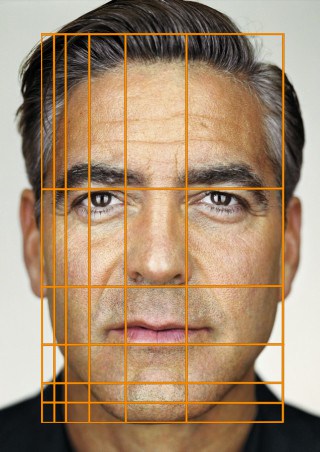
While attractiveness can be subjective, a strong jawline is a clear trait of universal attractiveness. A strong jawline evokes a look of confidence, power, and strength.
A strong jawline has a sharp outline that is visible by the ear. A strong jawline is forward grown, angular, and symmetrical.
The jawline, which forms the lower third of the face, is easily the most noticeable feature. To better understand the jawline, let us briefly discuss the jaw, its parts, and some common problems.

The Jaw
The jaw is a set of bones that holds the teeth. It consists of two main parts – the maxilla, which is the fixed upper part, and the mandible, which is the movable lower part.
The mandible moves when we talk or chew. The two halves of the mandible meet at the chin. The joint where the mandible meets the skull is the temporomandibular joint (TMJ). A jaw that is the wrong size can cause problems with chewing, speaking, breathing, and even sleeping.
Parts of the Jaw
Maxilla
The maxilla, also known as the upper jaw, is the central bone of the midface. It supports the eyes, the nasal cavity, as well as the upper palate. This makes it the most important bone in the face for facial aesthetics. For more info on the importance of the maxilla, check out this Looks Theory episode:
The maxilla consists of one body and four projections – frontal, zygomatic, palatine, and alveolar. The body of the maxilla is the largest part of the bone and shaped like a pyramid.
Mandible
The mandible is the lower jaw. It is a singular bone that has a distinctive shape. It is the largest and strongest bone in the human skull. It consists of the body and ramus.
Body of the mandible – The body is the horizontally curved portion of the lower jaw. It is bound by two surfaces and two borders – the alveolar border, which holds the lower teeth and the inferior border, which forms the jawline.
Ramus – The ramus is quadrilateral in shape and is located at the posterior vertical part of the lower jaw. It connects the jaw to the temporomandibular joint complex (TMJ).
For more about the mandible, check out the Looks Theory episode:
Common Jaw Problems
Listed below are some common jaw alignment problems. A combination of these problems may be common.
Retrognathia – The lower jaw is too far back. Biting can be difficult, and the chin appears weak or receding.
Prognathia – The lower jaw is too forward. The chin is protruding, and the lower teeth jut outward to overlap the upper teeth.
Uneven or Asymmetric jaw – This is a condition where one side of the jaw is larger or smaller than the other. One side may be too far forward or back. The face may look off-center or crooked.
What makes an attractive jawline?
We see the overall beauty of a person’s face by looking at the harmony of proportions and symmetry. A jawline is attractive when it has normal proportions, is symmetrical, is forward grown, and is prominent even at higher levels of body fat.
Submental-Cervical Angle
The submental-cervical angle, also known as the cervicomental angle, is the angle formed by the area under the jaw and the neck.

The ideal cervicomental angle is 110-120 degrees. An angle that is greater than 120 degrees gives the visual impression of a “double chin” or “heavy neck”. A low hyoid (a free-floating bone that supports the tongue) or a recessed mandible may affect the cervicomental angle.
A neck lift plastic surgery removes the excess skin and fat from the neck and can address this problem.
But if you prefer a non-surgical treatment, you have some other options.
Ultrasound skin tightening – Uses focused ultrasound energy, which heats skin at specific depths and locations to induce collagen production and help skin become firmer.
Radiofrequency (RF) treatments – Uses radiofrequency energy to heat the skin, triggering collagen production. In contrast to ultrasound, RF focuses on epidermal layers to achieve a firmer, smoother appearance.
IPL/RF combination treatments – The third class of skin tightening treatments combines intense pulsed light (IPL) with radiofrequency (RF) to heat deeper layers of skin and induce the natural healing response, which in turn triggers collagen production. The addition of IPL allows a provider to treat skin at multiple levels and can help focus the RF energy for more effective treatment.
Facial exercises such as mewing can also help improve the aesthetics of your jawline. Mewing makes the hyoid bone moves up, making your jawline stand up. Check out our other articles on mewing and optimizing the hyoid bone for more information.
Proportionate Chin
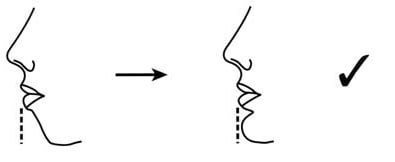
An appropriately proportioned chin should not be too big, too small, too long, or too short when looked from the front. From the side, the ideal chin profile should be 1mm to 3mm posterior to a vertical line dropped from the most forward point of the lower lip.
To address size or projection, several surgical options are available.
Chin fillers – A fantastic option for those who want to “try-out” what a chin augmentation would look like. This is the most sought after option for those who don’t want surgery. If you don’t have time or the funds for surgery, this is your best option.
Chin augmentation – This involves the placement of silicone implants through a small incision, inside the mouth.
Fat transfer – This procedure involves removing excess fat from a different area of the body and injecting it around the chin to enhance the smoothness and sharpness of the jawline.
Sharp Jawline
A sharp jawline is prominent and appears separate from the neck.
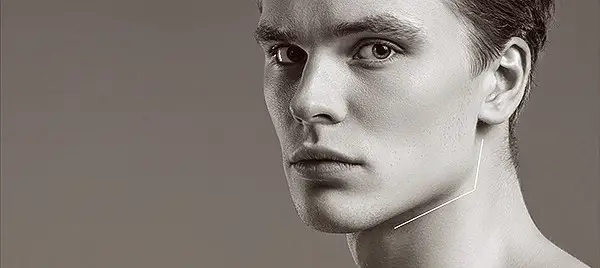
The average gonial or jaw angle for men is 124 ± 6 degrees and 122 ± 4 degrees for women. A larger gonial angle means your jaw is probably sinking or receding and that you needed to start mewing yesterday.
There are several techniques to choose from if you want to make your jawline more defined. These include plastic surgery, which can alter the shape of your jaw. Or you can try alternative remedies, such as growing a beard or contouring your jawline to temporarily change the appearance of your jawline.
Lips
The width of the lips should be about 40% of the width of the lower face and generally equal to the distance between the medial limbi of the eyes. The width-to-height ratio of the face is typically 3:4.
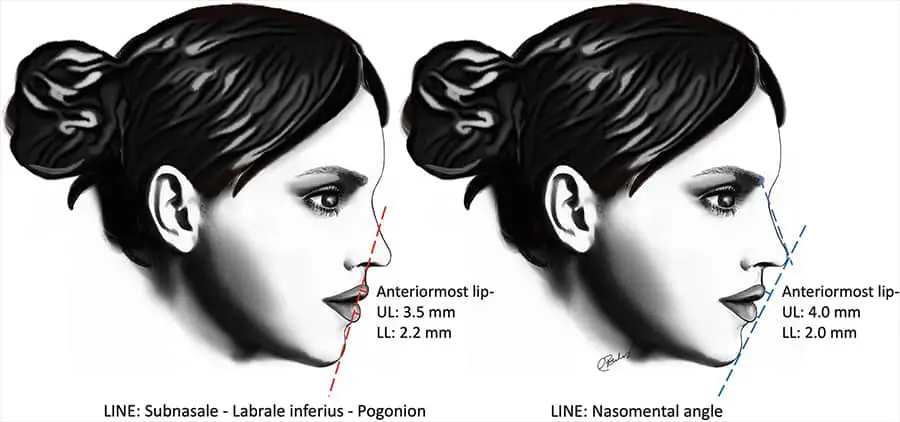
The ideal vertical height of the upper lip should be less than that of the lower lip. On the lateral view, the upper lip should project 3.55 mm anterior to the red line and the lower lip 2.2 mm. An exaggeration of these proportions or the wrong ratio can lead to a “duck-like” appearance.
Lip augmentation is a cosmetic procedure that can give you fuller, plumper lips. The procedure involves injecting a dermal filler in the lips and around the mouth.
Philtrum
The philtrum is the grooved area from below the nose to the upper lip.
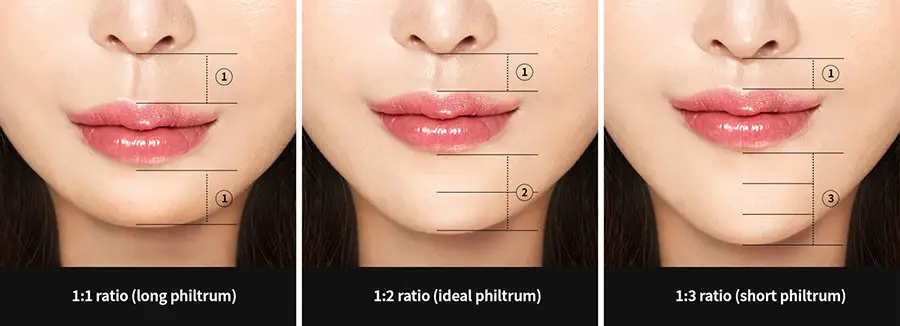
The ideal ratio between the philtrum and the height of the lower third should be 1:2. The ideal philtrum range for men is 13-15 mm and 11-13 for women.
A long philtrum is unattractive as it makes your middle face look longer. It is mainly a genetic disorder and can be corrected by lip lift. For more info on shortening the philtrum, click here.
Today, as the global market becomes more and more competitive, the desire for attractiveness also increases. In terms of employment and social opportunities, people are sometimes judged based on the perception of attractiveness.
